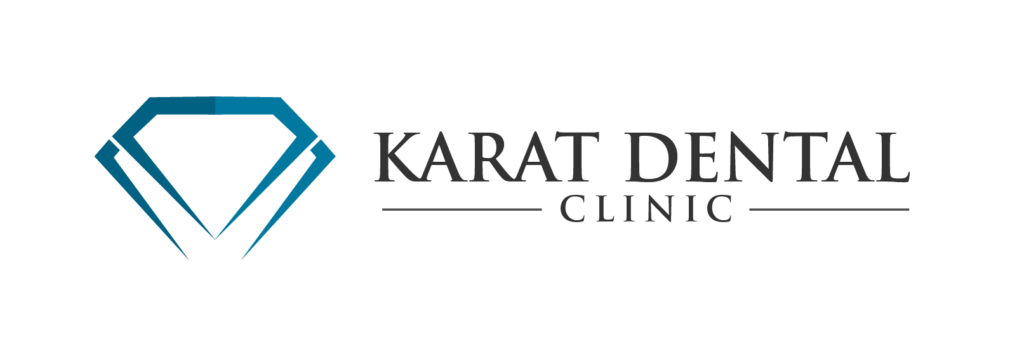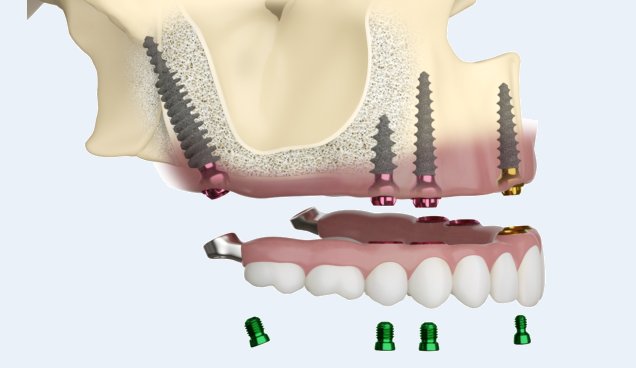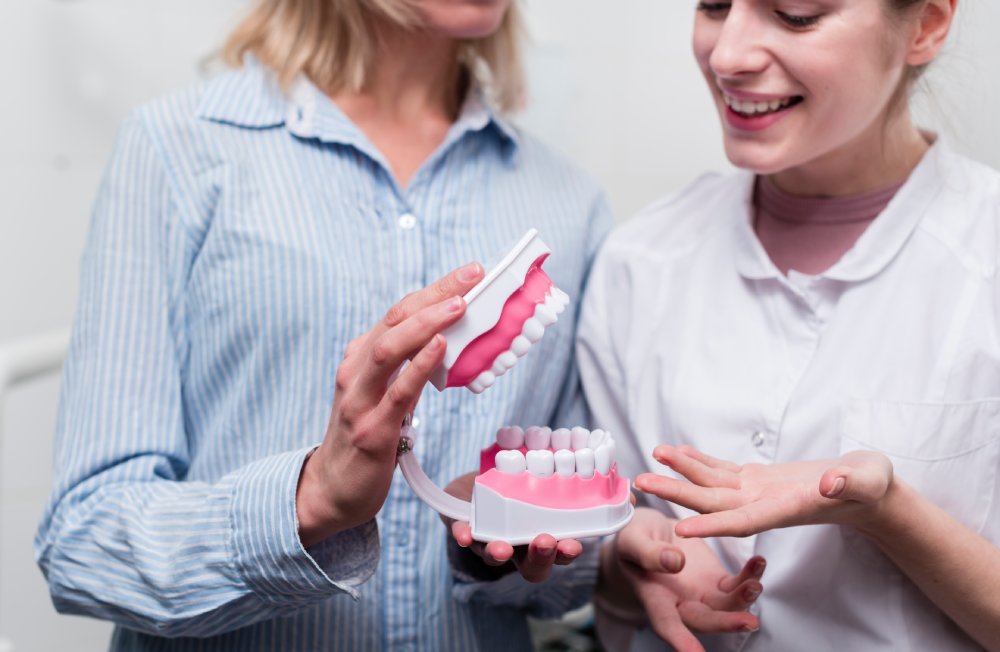In the field of dental implants, there are constant advances that are reshaping the landscape of oral rehabilitation. Among the innovations, pterygoid implants stand out as a remarkable solution for patients with severe bone deficiency in the posterior maxilla. This article looks at the intricacies of pterygoid implants, explains their role in modern dentistry and compares them to their counterpart, zygomatic implants.
What is Pterygoid implants:
Pterygoid implants represent a significant breakthrough in implant dentistry, especially for people with severe bone loss in the upper jaw. Conventional implants rely on anchoring in the existing bone structure. However, if the bone is insufficient, especially in the posterior region, conventional implant placement becomes difficult or even impossible.
Pterygoid implants overcome this obstacle by anchoring in the pterygoid process, a bony protrusion located deep within the skull. This unique placement provides a stable foundation for tooth replacement, even when there is not a large volume of bone in the upper jaw. By utilizing the pterygoid process, dentists can restore functionality and esthetics to patients who were previously considered unsuitable candidates for implant treatment.
The surgical procedure for pterygoid implants requires precise planning and execution due to the proximity to vital structures such as nerves and blood vessels. Modern imaging techniques such as computed tomography (CT) and cone beam computed tomography (CBCT) play a crucial role in preoperative assessment and virtual implant placement. With careful planning, dentists can ensure the exact positioning of the implants and minimize the risk of complications.
Once implanted, pterygoid implants provide a robust foundation for various prosthetic restorations, including fixed bridges and overdentures. Patients benefit from restored chewing function, improved speech and enhanced facial esthetics, significantly improving their quality of life.
Differentiation between Pterygoid implants and zygomatic implants:
While pterygoid implants and zygomatic implants both serve as alternative solutions for patients with insufficient bone in the maxilla, they differ in their anatomical anchorage and surgical approach.
1. Anatomical anchorage
Pterygoid implants anchor in the pterygoid process, a bony structure located deep in the skull. In contrast, zygomatic implants anchor in the zygomatic bone, also known as the zygomatic bone, providing stability and support for dental prostheses.
2. Surgical approach
The placement of pterygoid implants requires access to the posterior maxilla, which often requires lateral access to the pterygoid process. In contrast, zygomatic implants are usually inserted using a minimally invasive procedure in which the zygomatic bone is accessed via the cheek region.
3. Indications and considerations
Pterygoid implants are particularly suitable for patients with severe bone loss in the posterior maxilla, where traditional implant placement is difficult. However, due to their proximity to vital structures, careful patient selection and surgical planning is essential. Zygomatic implants, on the other hand, are primarily suitable for patients with insufficient bone in the anterior maxilla and offer an alternative to bone grafting.
4. Implant stability and prosthetic options
Both pterygoid and zygomatic implants provide a stable foundation for dentures and allow for the placement of fixed bridges or overdentures. However, the choice between the two depends on the patient’s specific anatomy and treatment goals.
In summary, pterygoid implants represent a groundbreaking advance in dental implantology and offer a viable solution for patients with severe bone deficiency in the posterior maxilla. While pterygoid implants and zygomatic implants are similar in their goal of restoring oral function and esthetics, they differ in their anatomical anchorage, surgical approach and indications. By understanding these differences, dentists can effectively tailor treatment plans to the individual needs of each patient, improving oral health and quality of life.






